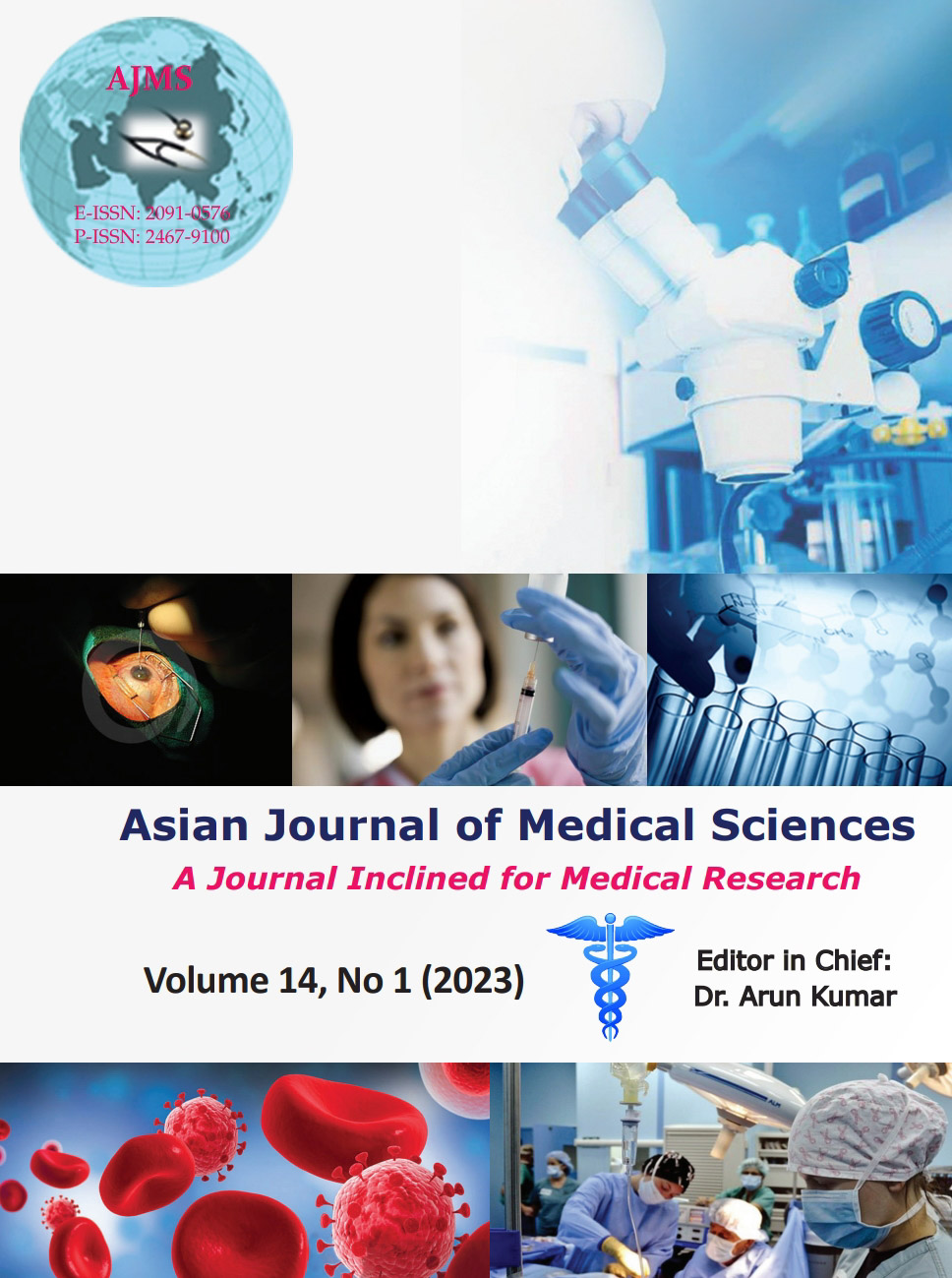Dermatological adverse drug reactions with particular reference to Steven-Johnson syndrome and toxic epidermal necrolysis
Keywords:
Steven-Johnson syndrome; Toxic epidermal necrolysis; Cutaneous adverse drug reactionsAbstract
Background: Drug therapy is an inevitable cause of cutaneous adverse reactions.
Aims and Objectives: The primary aim was to identify the incidence and magnitude of various dermatological adverse reactions including Steven-Johnson syndrome (SJS) and toxic epidermal necrolysis (TEN). Moreover, secondary aim was to quantify the risks associated with the use of specific medications.
Materials and Methods: A prospective and hospital-based study was conducted in the department of dermatology SMHS hospital on hospitalized cases of cutaneous adverse drug reactions (CADRs). Informed consent was sought and reactions were reported on validated questionnaire based on adverse drug reaction (ADR) monitoring form provided by Central Drug Standard Control organization Ministry of Health and Family Welfare, Government of India. These dermatological reactions were assessed for the clinical pattern, causative agents, and prognosis. The WHO-Uppsala Monitoring centre system for standardized case was used for causality assessment of all cases identified.
Results: A total of 101 hospitalized patients with varied dermatological ADRs were reported during the study period. Cases were found more in females (n=75, 74.25%) than in males (n=26, 25.75%). CADRs that were reported in our study were exanthematous rash, fixed drug eruptions, urticarial rashes, SJS, TEN, urticarial vasculitis, anticonvulsant hypersensitivity syndrome, erythema multiforme, contact dermatitis, exfoliative dermatitis, mucosal hyperpigmentation, and nail pigmentation, respectively. After a meticulous drug history, the drugs implicated in causing the cutaneous reactions were anticonvalscents such as phenytoin, carbamazepine, lamotrigine, and phenobarbitone. Other drugs identified were non-steroidal anti-inflammatory drugs such as oxicam, antibiotics such as sulfasalazine, cefixime, cefpodoxime, amoxicillin, fluoroquinolones such as levofloxacin and ciprofloxacin, chemotherapeutic agents such as cyclophosphamide, 5FU, and hydroxurea.
Conclusion: The present study concluded that skin is most common target for ADRs. Drug-induced cutaneous reactions can be as simple as a mild rash to rare life-threatening SJS and TEN. Moreover, certain group of patients is at increased risk for developing CADR’s as women are more susceptible than men.
Downloads
Downloads
Published
How to Cite
Issue
Section
License
Copyright (c) 2022 Asian Journal of Medical Sciences

This work is licensed under a Creative Commons Attribution-NonCommercial 4.0 International License.
Authors who publish with this journal agree to the following terms:
- The journal holds copyright and publishes the work under a Creative Commons CC-BY-NC license that permits use, distribution and reprduction in any medium, provided the original work is properly cited and is not used for commercial purposes. The journal should be recognised as the original publisher of this work.
- Authors are able to enter into separate, additional contractual arrangements for the non-exclusive distribution of the journal's published version of the work (e.g., post it to an institutional repository or publish it in a book), with an acknowledgement of its initial publication in this journal.
- Authors are permitted and encouraged to post their work online (e.g., in institutional repositories or on their website) prior to and during the submission process, as it can lead to productive exchanges, as well as earlier and greater citation of published work (See The Effect of Open Access).




